Summary of the second week of field work at the Ecton mine, UK
The UNEXMIN’s Ecton field mission that officially started on the 13th of May, will run until the 31st. After the exploration efforts made during the first week (from 13 to 19 May), that provided some interesting results on the flooded mine workings, such as shafts and galleries being mapped, the second week of trials is now surpassed. The most relevant aspects of this week were:
- 20th of May (Monday): The first dive of the second week was quite successful: UX-1 dived around to 92m without major problems. John Barnatt, EMET’s archeologist, managed to get information on parts of the mine that he thought did not even to exist! Also, past mining heritage, including wooden support structures were identified.
- 21st of May (Tuesday): One dive was made with the UX-1 robot during this day. A depth of 54m meters down the Great shaft was reached. Similarly to the past day, both geological and archeological items of relevance were identified with the help of images provided by the many UX-1’s cameras.
- 22nd of May (Wednesday): Day dedicated to adjustments and small repairs on the robots. Part of the UNEXMIN team had a guided visit to another mine near Ecton – the Clayton mine. Similarly to Ecton, Clayton mine was operated in the past and is now closed and partly flooded. Perhaps another site for the UNEXMIN exploratory technology?
- 23rd of May (Thursday): A simple test dive with the robots was performed to assure the operability of the robots after the past-day improvements and repairs.
- 24th of May (Friday): The UX-1a robot once again dived within the Main shaft up to around 94m. Around the mark of 52m depth, the team of UNEXMIN geologists managed to visually identify some interesting mineralogy, quite different from the surroundings – a patch of green minerals (thought to be of malachite). Further identification is only possible with the use of the multispectral camera, which the UX-1 robot will do.
- 25th of May (Saturday): First dive with the UX-1b robot during the second week. Due to this reason and for guaranteed security of operations the robot only dived up to the 59m mark. Once again the patch of green minerals was seen on camera. Other geological structures such as stockworks were also identified by the geologists’ team.
- 26th of May (Sunday): During the last dive of the second week the UX-1b robot managed to dive until the deepest point reached since the beginning of trials at the Ecton mine – 125m! The robot went down through the Main shaft, passed by two main intersections with other mining structures and managed to navigate around an area where an intersection between two shafts is seen. On the way up, the UX-1 robot collected some water samples, that will be later analysed in laboratory to learn more about the water chemistry at the flooded shaft.
After a successful second week, where the team met its major objectives – depths reached, areas mapped, discoveries made -, UNEXMIN is now proceeding with its last days in the UK. The aim is to reach even deeper and explore more flooded tunnels and galleries in a mine that has not been seen for the last 160 years… until UX-1 arrived!
Follow @UNEXMIN on our social media channels to keep up with the most recent news on the Ecton field trials: Facebook, Twitter and LinkedIn.

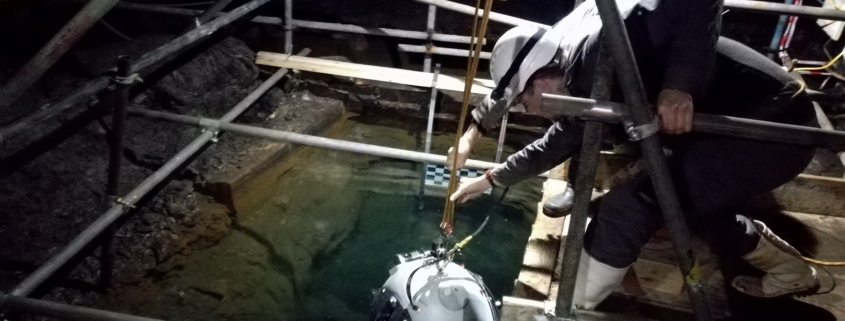 Edit Babinszki
Edit Babinszki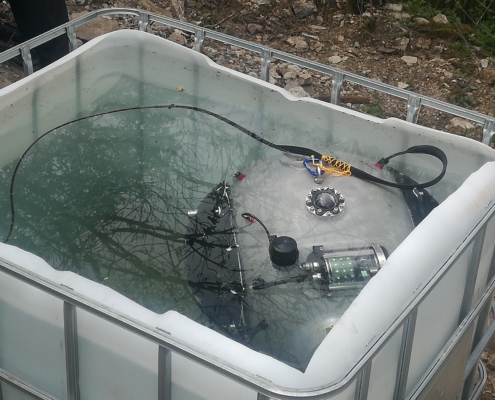
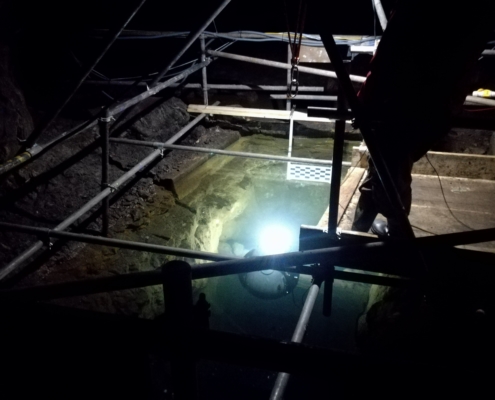
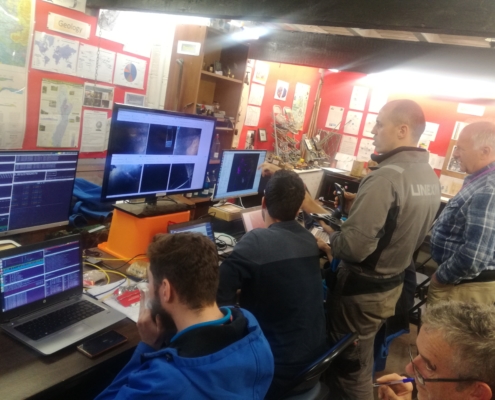
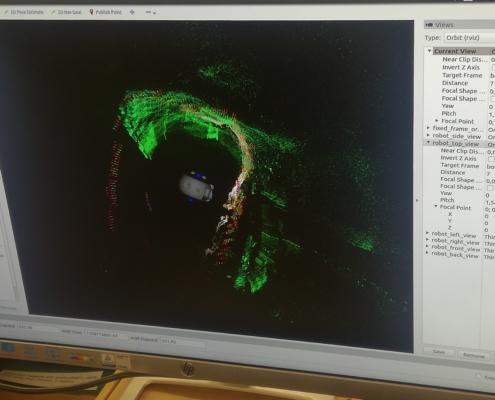
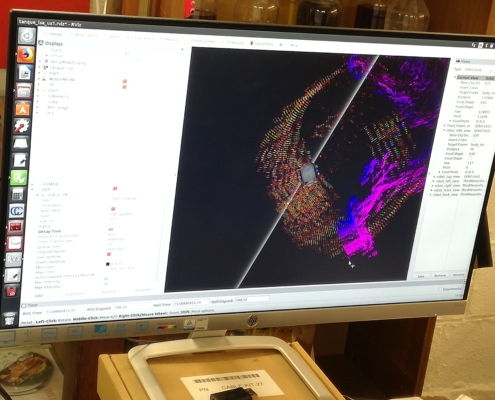
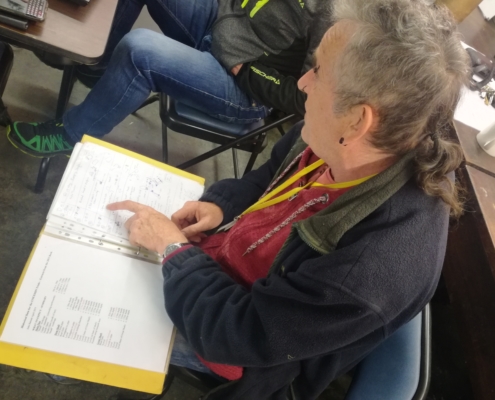
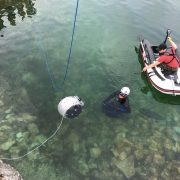
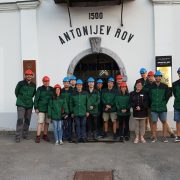
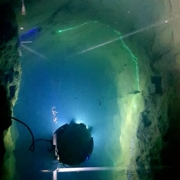
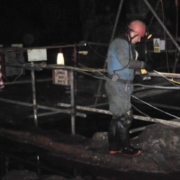
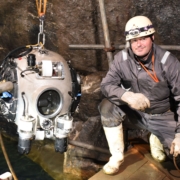 Edit Babinszki
Edit Babinszki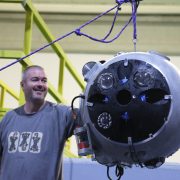
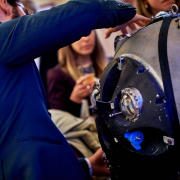
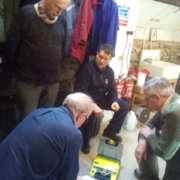


 Edit Babinszki
Edit Babinszki